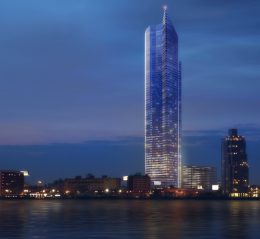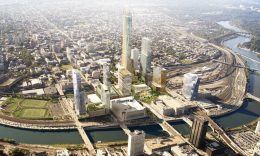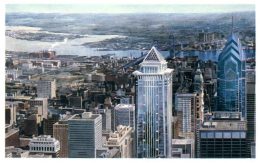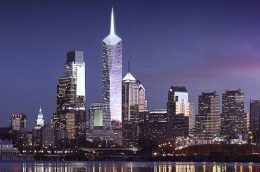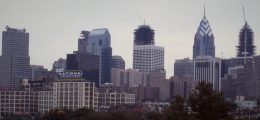Looking Back at Bridgeman’s View Tower, an Unbuilt 915-Foot-Tall Skyscraper Once Proposed in Northern Liberties, North Philadelphia
Over the course of the past three decades, many high-rise projects have been proposed along the Delaware River, yet most bit the dust before construction had ever begun. One of these is the 915-foot-tall, 66-story Bridgeman’s View Tower planned in 2007 at 900 North Delaware Avenue in Northern Liberties, North Philadelphia, a surprising location for such a tall skyscraper proposal, given the area’s then-lowrise profile. Designed by Studio Agoos Lovera and developed by Marc Stien, Ryan Roberts, and an undisclosed North Jersey real estate investment team, the tower was planned to feature a mix of residential office, hotel, and retail space, with 794 condominiums and 200 to 300 boutique hotel rooms.

